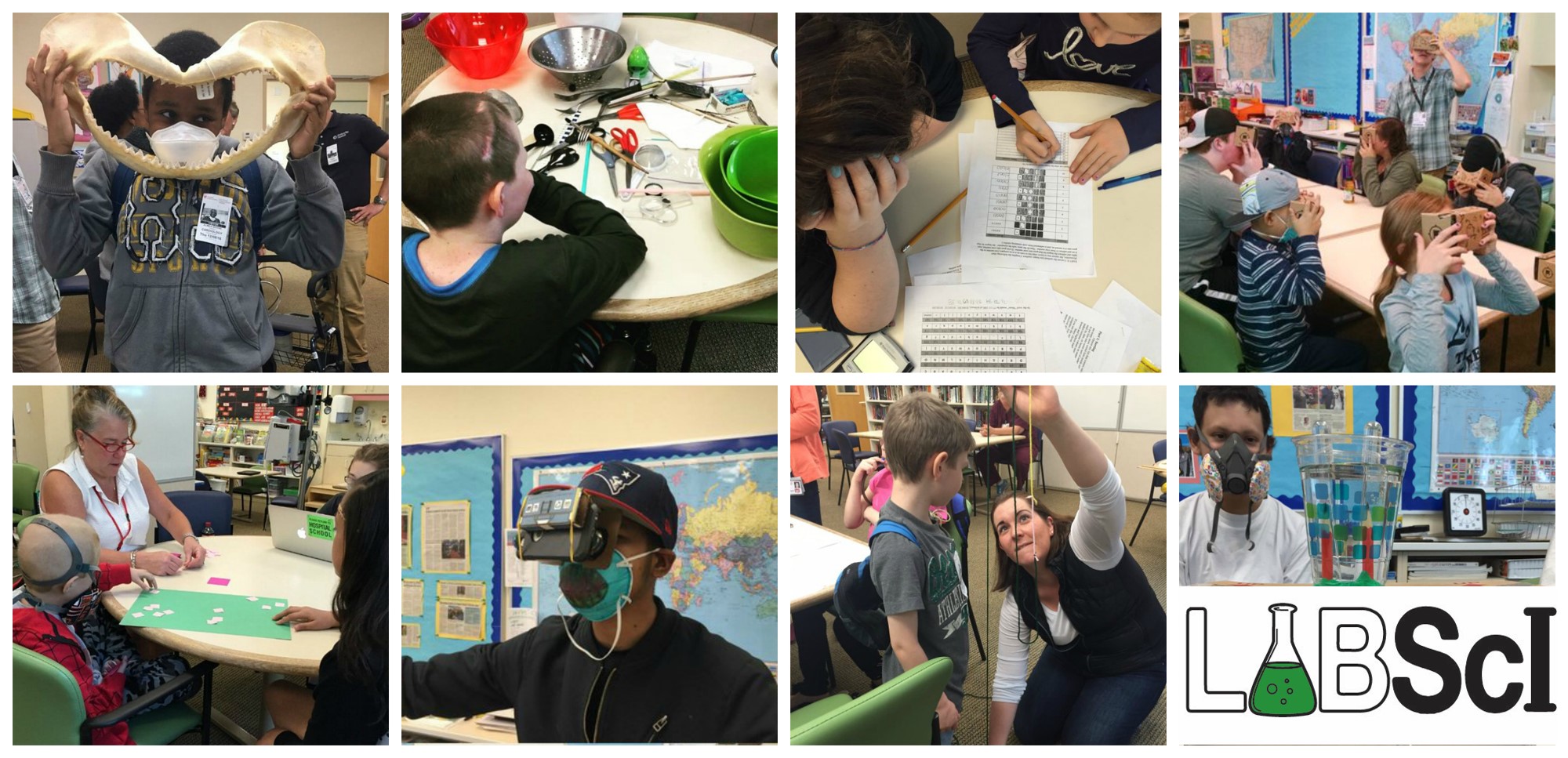A series of group of activities that illustrate the importance of accurate observation by teaching students to distinguish between observations and inferences. In this activity, students will learn about the dangers of false assumptions and how to recognize their own false assumptions using a live demonstration.
Download the lab!
1 – Footprints Activity PowerPoint
2 – Power of Observation Quiz PowerPoint
3 – False Assumptions Activity PowerPoint
Key Concepts:
- An observation is the act of noting something that can be sensed directly or with the aid of an instrument (i.e. the final score of a basketball game). Direct observations are made through the five senses: (1) sight, (2) hearing, (3) smell, (4) touch, and (5) taste.
- An inference is an attempt to explain a specific event or object by using thinking and reasoning skills (i.e. the final score of a basketball game was the result of poor officiating by the referees). Inferences describe what the observer believes is there and hidden from view or perception based on prior knowledge and logic.
- A hypothesis is a proposed explanation made on the basis of limited evidence as a starting point for further investigation.
Materials:
- Computer with PowerPoint presentations: “Footprints.pptx”, “Powers of Observations Quiz.ppt”, and “False Assumptions.ppt”
- Two-liter plastic bottle with lid
- Nail ~4-5mm in diameter
- Blue painters tape or masking tape
- Bin to capture water
- Towel
- Straw
